Beretta92FS
NES Member
Usually when I have old hard drives to dispose of I drill a hole in them to make sure nobody can easily recover any data from them. However this time around I wanted to try something different known as The 9mm Method. Into the woods we go....
Lining up the victims that are scheduled for destruction:
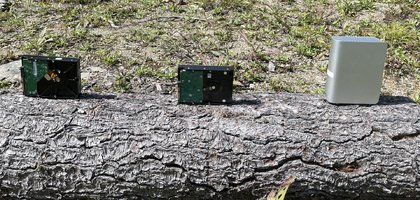
A few new ventilation holes has been made:
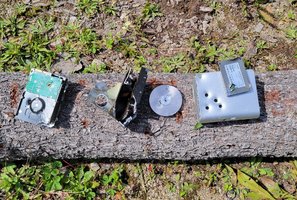
Hard drives are remarkably, well, "hard", and a 9mm doesn't easily penetrate. Maybe a bullet proof vest can be made of taping a bunch of drives to an old jacket?
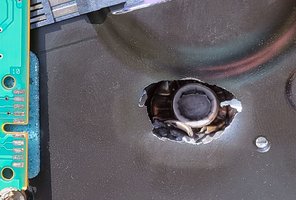
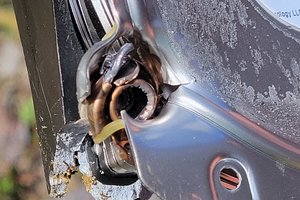
Recovered 9mm bullet:
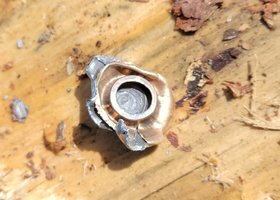
In the end I had to bring out the .308 to ensure proper penetration, and that obviously took care of the matter.
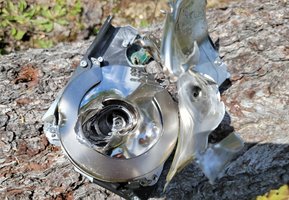
Have a great Friday everyone!
Lining up the victims that are scheduled for destruction:

A few new ventilation holes has been made:

Hard drives are remarkably, well, "hard", and a 9mm doesn't easily penetrate. Maybe a bullet proof vest can be made of taping a bunch of drives to an old jacket?


Recovered 9mm bullet:

In the end I had to bring out the .308 to ensure proper penetration, and that obviously took care of the matter.

Have a great Friday everyone!

![Thumbs Up [thumbsup] [thumbsup]](/xen/styles/default/xenforo/smilies.vb/044.gif)
![Laugh [laugh] [laugh]](/xen/styles/default/xenforo/smilies.vb/012.gif)
